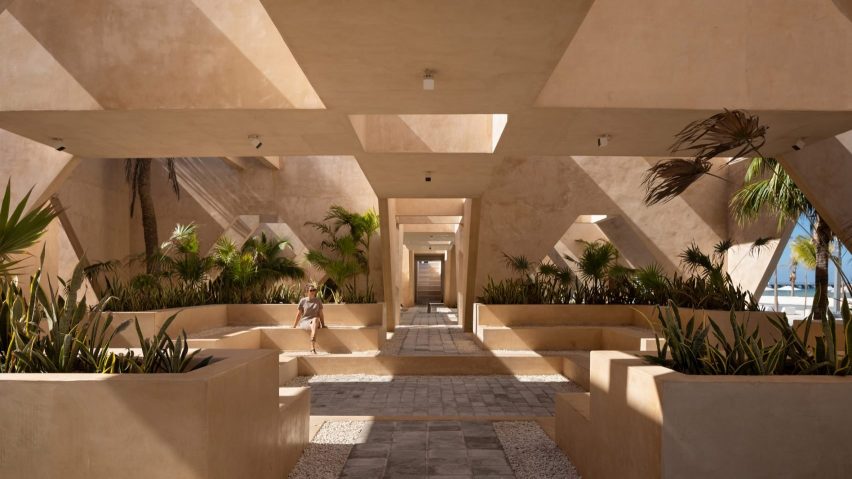
"A fantastic way to apply architectural history to a modern structure" says commenter
In this week's comments update, readers are discussing Mexican architecture firm Estudio MMX's recently completed Progreso Museum of Geology and other top architecture and design stories.
The museum, based on a gridded pattern and made of multiple structures, has been clad in a finish called chukum that dates back to the Mayans and was chosen for its durability and low maintenance costs.
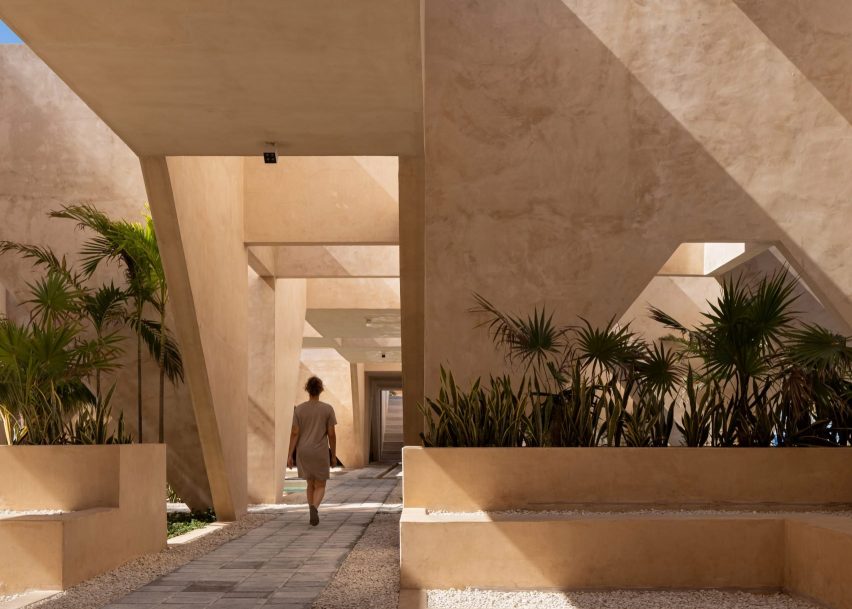
"I'd kill to dip my toes in those pools"
Commenters were charmed by the project. Ken Steffes remarked that it showcases "a fantastic way to apply architectural history to a modern structure. Everything about it is visually pleasing and I'm sure the ocean breeze is equally pleasant throughout the entire structure".
Fokkovander Veen agreed: "Poetic structuralism, a work of art indeed!"
"This is exquisite; I'd kill to dip my toes in those pools. An afternoon wandering these halls would be a rich experience", commented Jacob Volanski.
Dc2bcn also loved it but raised a note of caution, saying: "Beautiful, site-appropriate architecture. I can see this being extremely popular simply for its outdoor spaces. I really admire how much this building 'gives back' to its location and to the public. This aspect is very well done! Given the impending sea-level rise, I do question the appropriateness of building a place to safeguard artefacts so close to the ocean".
Are you a fan of Progreso Museum of Geology? Join the discussion ›
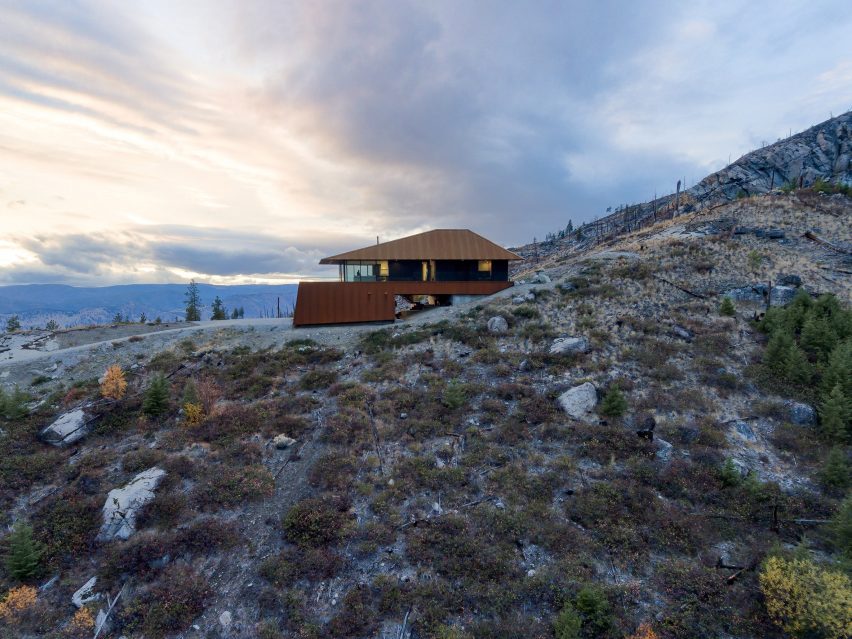
"With such harsh environment, it begs the question; why build there?"
Commenters reacted to Omar Gandhi's mountaintop retreat overlooking Okanagan Lake in British Columbia, which the studio based on the attributes of a mountain beetle and designed to resist the site's "desolate" conditions.
Wrapped in a weathering steel "shell", it is elevated above the landscape and has no windows on the ground floor, which the studio told Dezeen would help it survive if the area were to suffer a fire.
Steve Hassler thought the cabin was "simple and beautiful", while Hosta stated that it makes for "a very stylish bunker".
"The view is everything. It's not hard to see why this bunker-like structure was built on a hilltop. I mean, look at the utterly breathtaking views from the living space, who wouldn't appreciate looking down the whole, majestic length of the valley? The only pesky thing is the risk of forest fires", commented Orlando1a1.
"If the house survives a fire (and some fires seem truly insane), I’m not sure I would enjoy looking out on a landscape that has been burnt down," Sim said. "But it's well done – a nice concept from the outside while offering very nice spacial and functional solutions on the inside."
Apsco Radiales asked: "with such harsh environment, it begs the question; why build there? You can already see burnt tree trunks around the house".
What do you think of Gandhi's remote mountaintop retreat? Join the discussion ›
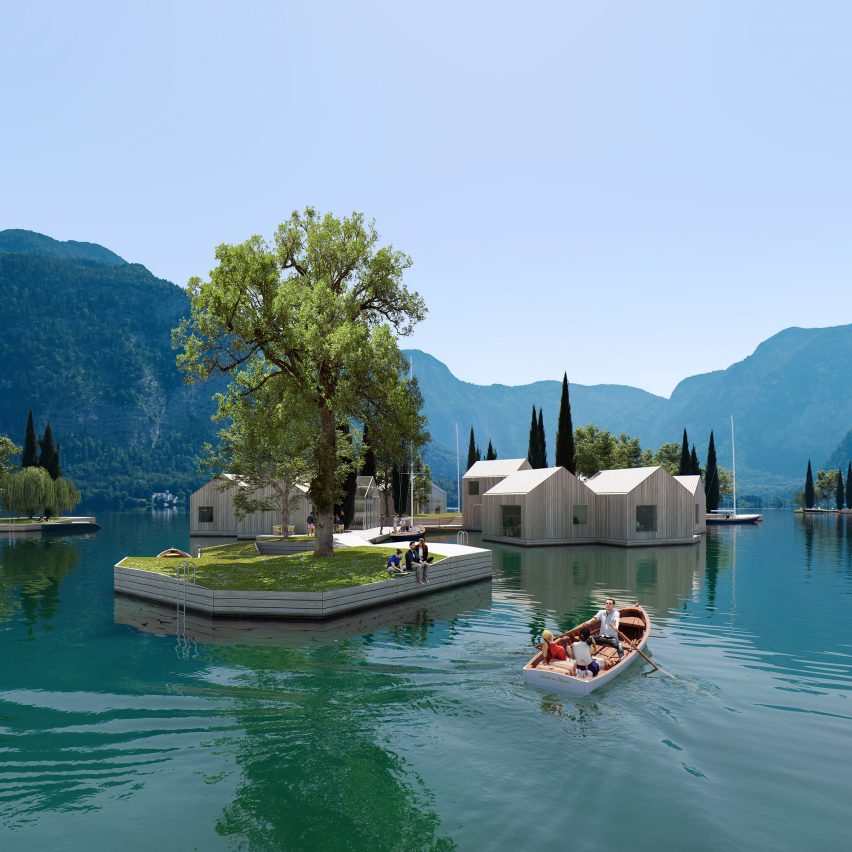
"How do you handle waste and potable water challenges?"
Danish maritime architecture studio MAST has developed Land on Water, a system for constructing floating buildings that aims to be more flexible and sustainable than traditional methods. Commenters weren't entirely convinced.
Hakon Andersen was sceptical: "One storm with heavy seas would make it all collapse".
Phil R wanted to know "how do you handle waste and potable water challenges?"
Iikka Keränen believed they had the answer, saying "the renderings a bit unrealistic; in the real world, these floating homes would be attached to the shore for utility connections".
But for Patrick this project "is really hitting a sweet spot – all problems like utilities and services can be overcome ... fantastic!"
Is an adaptable flat-pack system for building floating homes the future? Join the discussion ›
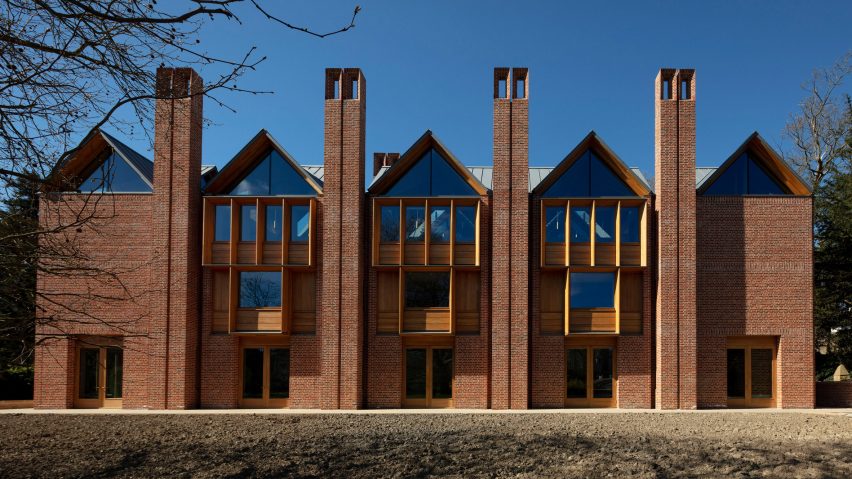
"Perhaps architecture is making a comeback"
Last week, a brick and timber library that Niall McLaughlin Architects created for the University of Cambridge was revealed as the winner of the 2022 RIBA Stirling Prize.
Hailed by the jury as "solid and confident", The New Library at Magdalene College is the 26th recipient of the prestigious award, which is the most significant in UK architecture. Commenters were equally complimentary.
Jb thought the project was "a worthy winner. Perhaps architecture is making a comeback," while Scot M agreed that it has been "incredibly well done. Beautiful architecture. Works well with surrounding buildings."
Alfred Hitchcock also thought the Niall McLaughlin Architects scheme was worthy of "a much-deserved win for a beautifully conceived, designed, detailed and crafted building."
But Whateverandeveramen found it a boring winner, saying "the Stirling Prize is becoming the repository for Britain's blandest architecture."
What do you think of this year's Stirling Prize winner? Join the discussion ›
Comments update
Dezeen is the world's most commented architecture and design magazine, receiving thousands of comments each month from readers. Keep up to date on the latest discussions on our comments page and subscribe to our weekly Debate newsletter, where we feature the best reader comments from stories in the last seven days.